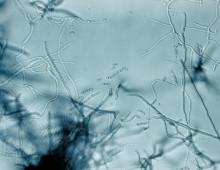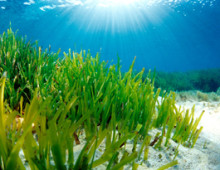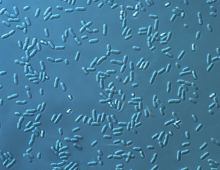Why sequence an atypical Frankia isolate and Non-Frankia Actinobacteria from Actinorhizal Plants?
Nitrogen-fixing plants provide the major biological source of nitrogen for the biosphere, and are particularly important in low-nutrient environments. Actinorhizal symbiosis is a strong contributor to global biological nitrogen fixation process. These soil bacteria are plant symbionts that have a broad host-recognition-specificity. Inter-planting actinorhizal plants with suitable tree crops allows nurse cropping of valuable tree… [Read More]





